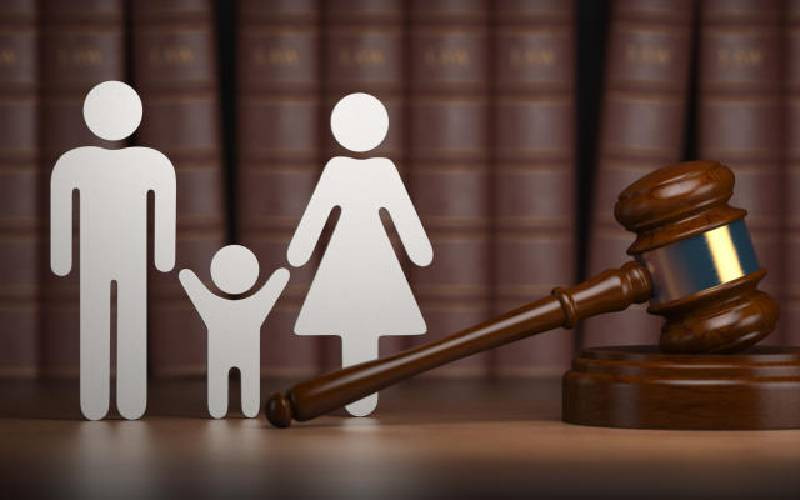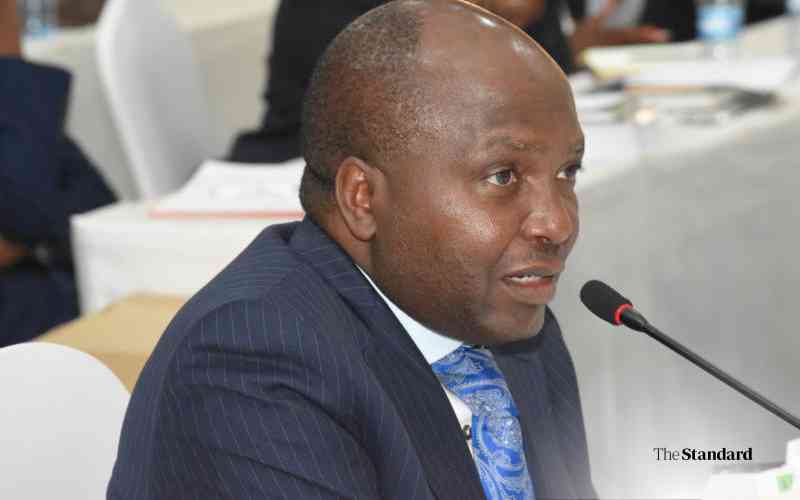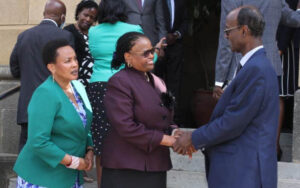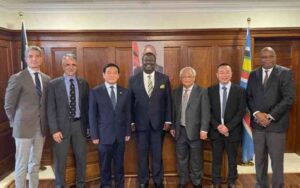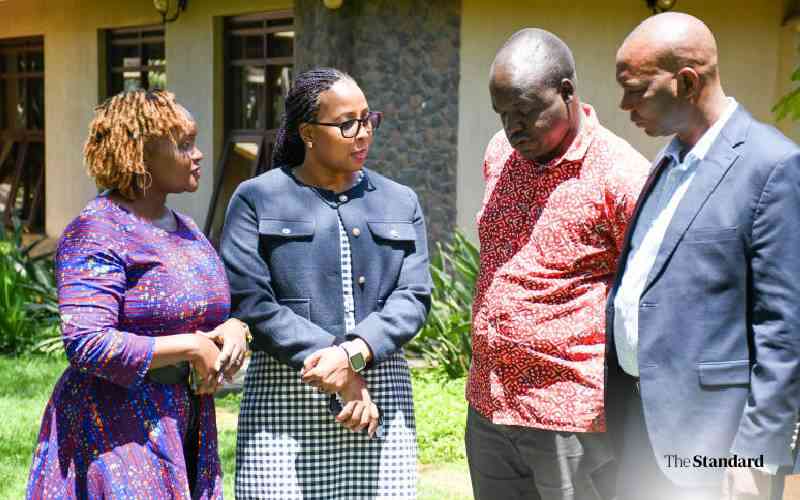The Sh 1.3 billion legal fees affirmed by the High Court in favour of city lawyer Donald Kipkorir against Nairobi County could be mind-boggling.
However, his battle with the Johnson Sakaja-led county brings to light and sparks debate on the cost of court battles in the country.
Many court battles between High Court advocates and clients have shown that the value of a property, a case, or the contentiousness of a dispute can cost you an arm and a leg.
In Kipkorir’s case, for instance, it emanated from the valuation of a 3078-acre property whose market value was Sh 61.5 billion.
The county claimed that it had agreed with the lawyer to pay Sh 110 million as instruction fees, which they had allegedly agreed.
It asserted that whenever a client and an advocate agreed on remuneration, the same would be the final amount to be paid and could not be reviewed further or adjusted through taxation.
On his end, Kipkorir argued that he and the county had no agreement on fees.
At the same time, the lawyer argued that the prayer in the case, for which he was representing the county, was for surrender of the land or payment of Sh 61.5 billion.
He stated that the Deputy Registrar, the taxing master, awarded him Sh 1.3 billion in legal fees based on the value of the land.
He accused the county of evading its end of the bargain.
Justice Anne Omollo was the first to handle the case. She pointed out that the main issue was whether there was an agreement between the county and the advocate for instruction fees.
At the same time, she considered whether Kipkorir’s instructions fees ought to have been weighed against the value of the land.
The judge said that the documents filed in court clearly showed that the county valued the land it had hired Kipkorir to fight for as Sh 61.5 billion.
She further said that the county did not file alternative documents to counter the value.
Stay informed. Subscribe to our newsletter
The judge agreed with the Deputy Registrar that, other than the county proving an unsigned letter from Kipkorir, the county had no evidence to support its case other than its argument that the amount to be paid to him ought not to be tabulated from the value of the land.
“Consequently, I hold that the value of the land in dispute was ascertainable from the pleadings, and this was the figure or value that the Taxing Master relied on in calculating the instruction fees. I find no error in the amount taxed as an instruction fee.
As stated, the issue of agreement of fees was never taken up before the taxation (for the deputy registrar to determine if the bill could proceed to taxation). Neither has the Applicant demonstrated under this reference that the bill should not have been filed,” said Justice Omollo.
Law Society of Kenya Deputy President Mwaura Kabata says an agreement between an advocate and a client essentially guides the legal fees.
In an interview with this paper, he stated that the Advocate Remuneration Order (ARO) kicks in where there is no agreement.
He disputed that advocates are making top dollar from the devolved units. According to him, engineers are making more than their members.
“While it is not in doubt that advocates earn from counties, it is not the case that it is top dollar. Counties require stellar services from all professionals and service providers. If you looked at the Auditor General’s report, in fact, to the contrary, engineers are making more in infrastructural projects. We charge as per the ARO,” said Kabata.
ARO dictates that where a case is not defended or a denial has been filed but is worth less than Sh 500,000, an advocate will get Sh 45,000.
Further, it provides that an advocate will charge Sh 65,000 for any case between Sh 500,000 and Sh 750,000, while a case worth between Sh 750,000 and Sh 1 million will attract Sh 75,000 in legal fees.
Anything between Sh 1 million and Sh 20 million will attract Sh 75,000 plus an additional 1.75 percent.
Any uncontested case above Sh 20 million will cost you an additional Sh 1.5 percent in addition to the fees in the bracket between Sh 1 million and Sh 20 million.
Where a case is defended, one will pay their lawyer Sh 75,000 for a case that is less than Sh 50,000, the next band attracts Sh 90,000, while anything between Sh 1 million and Sh 20 million will cost one Sh 120,000 plus two percent of the case’s value.
It also dictates that a client and an advocate can settle or agree on how much they will be paid for representation.
In election petitions, the ARO states that a reasonable sum, not less than Sh 500,000, will be charged to file or oppose a case.
For constitutional petitions, an easy case that is not opposed will be charged at least Sh 45,000 and above, while that is opposed will be charged anything above Sh 100,000.
The law also allows an advocate to charge ‘getting up or preparing for trial’ fees.
“An advocate may charge interest at 14 percent per annum on his disbursements and costs, whether by scale or otherwise, from the expiration of one month from the delivery of his bill to the client, provided that such claim for interest is raised before the amount of the bill shall have been paid or tendered in full,” the law reads in part.
Many other law firms, other than Kipkorir’s law firm, have a case against a county. Others, including Manyonge Wanyama & Associates, sued Kericho County over Sh 2.4 million after it represented the county in a case against James Finlay. The county admitted owing the law firm the money but told the court that ‘it would pay as soon as funds are available.’
In a separate case, the law firm was seeking Sh 4.1 million against West Pokot
Other law firms, such as one owned by Senator Prof. Tom Ojienda, have sued Nairobi County over legal fees in several cases, including one where he was seeking Sh 717,00 in a land case worth Sh 8 million. In another case, he sought Sh 121 million in legal fees.
His law firm also sued Narok County over Sh 64 million legal fees and Meru County over Sh 6 million instruction fees.
From the contests before court, and those already concluded, counties are accumulating legal fees by failing to pay in time, a concern also observed by LSK’s deputy chair.
“We are offering quality services in law. County governments have engineering departments, but it does not mean they don’t need outside help. I agree there are sections of advocates who may be used to pilfering money out of the county coffers, but it does not mean a majority of advocates should not offer stellar services to the counties,” said Kabata.




